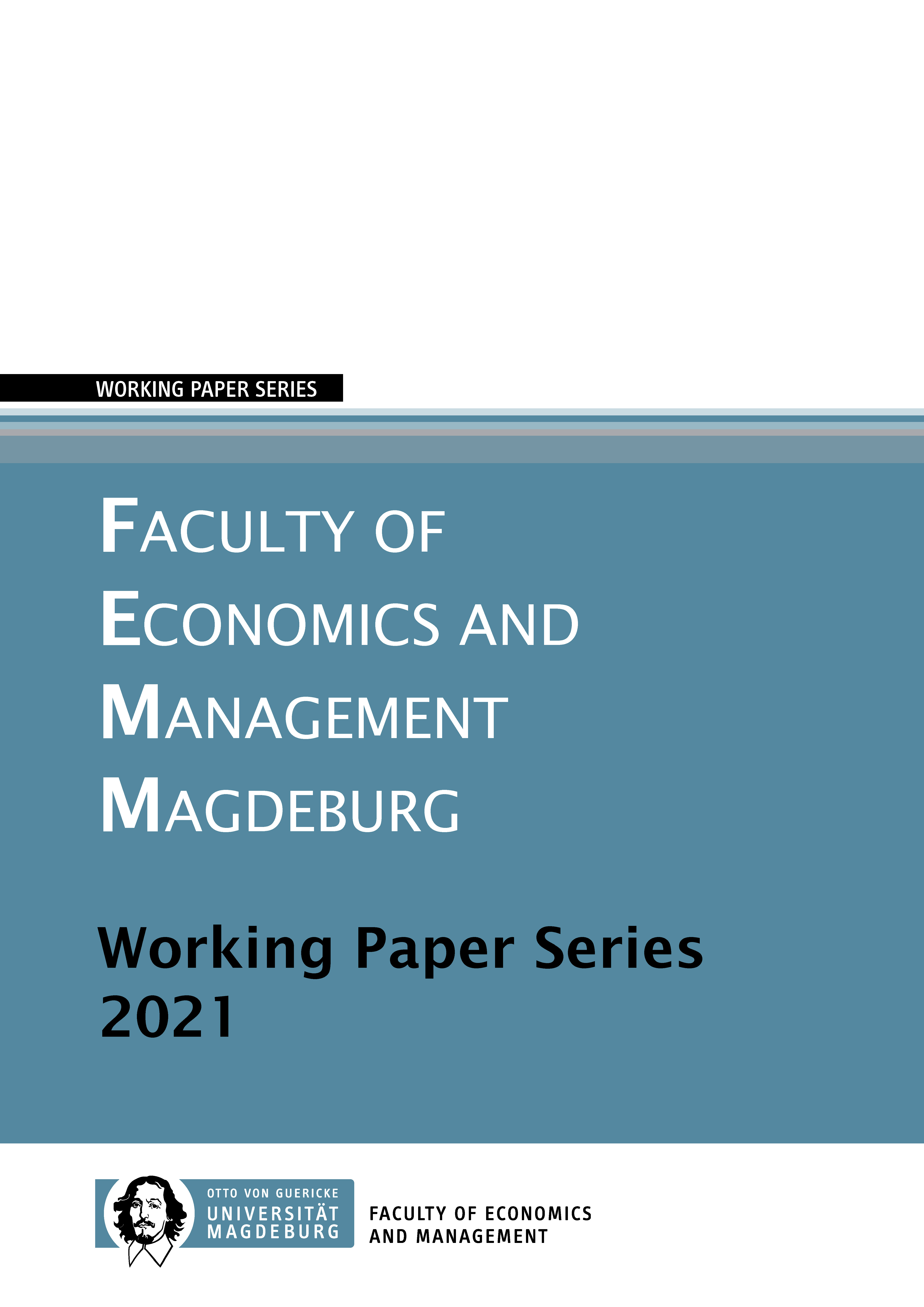Identifying Alternative Stops for First and Last Mile Urban Travel Planning
DOI:
https://doi.org/10.24352/UB.OVGU-2021-095Schlagworte:
Itinerary Planning, Pareto-optimal, Stop and Route Optimization, MultimodalAbstract
As we move into an increasingly connected world for urban travel planning, we need to expand our concept of itinerary planning to meet the multimodal and diverse needs of today's traveler. Often, urban itinerary planning applications seek to minimize route travel time between two specific places at a certain time. Our approach provides travelers with a set of optimal nearby stops that presents a number of traveler preferences in an easily comprehensible and quickly calculable manner. We display first and last mile stops that fall on a Pareto front based on multiple criteria such as travel time, number of transfers, and frequency of service. Our algorithm combines stop and routebased information to quickly present the traveler with numerous nearby quality options for their itinerary decision-making. We expand this algorithm to include multimodal itineraries with the incorporation of free-floating scooters to investigate the change in stop and itinerary characteristics. We then analyze the results on the star-shaped urban transit network of Göttingen, Germany, to show what advantages stops on the Pareto front have as well as demonstrate the increased effect on frequency and service lines when incorporating a broadened multimodal approach.
Downloads
Veröffentlicht
Ausgabe
Rubrik
Lizenz
Copyright (c) 2021 Working Paper Series

Dieses Werk steht unter der Lizenz Creative Commons Namensnennung - Weitergabe unter gleichen Bedingungen 4.0 International.

